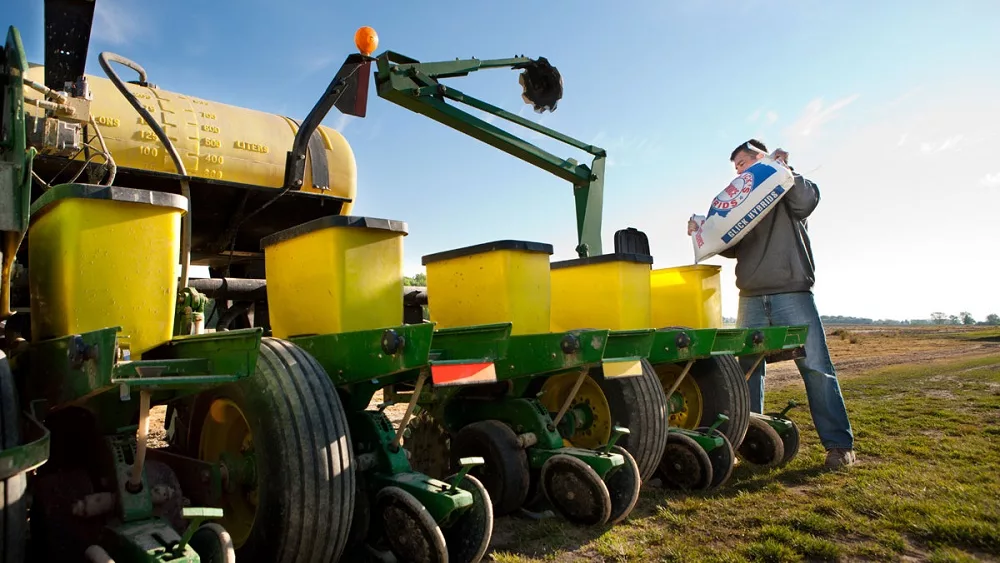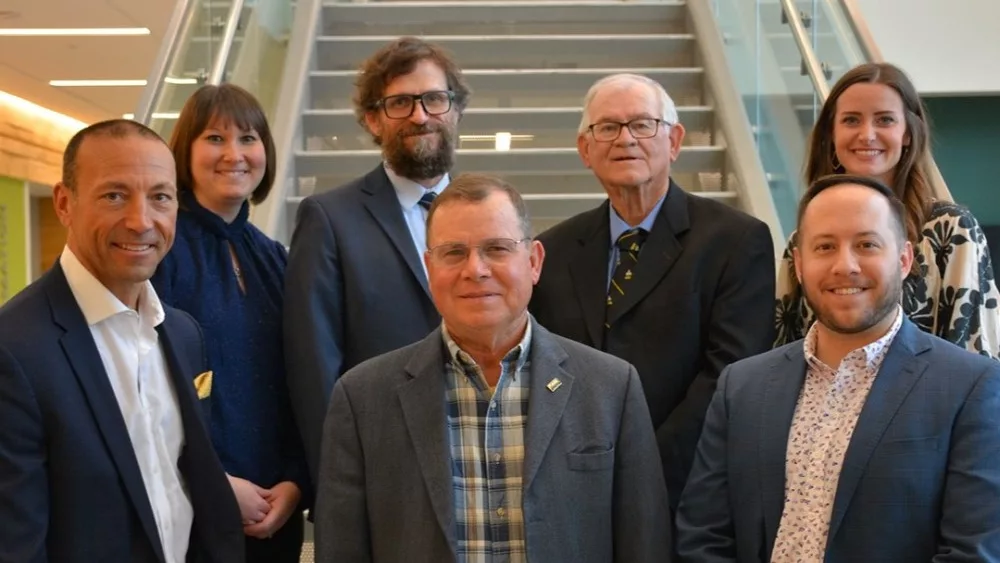Even though corn and soybean planting has been behind schedule throughout the spring, emerged crops are showing promise. Jason Harmon is a DeKalb as grow technical agronomist covering northern Indiana who says certain geographies have better stands than others. Soil types are a primary factor.
“We had some progress toward the end of April and then heavy rains came about four days later. There was two inches that washed some things in and if we had much clay content, we had some crusting. But other soils were able to get through that and emergence has been good because of the heat rally that came seven days later.”
 Harmon says insects are a concern, and he wants farmers to pay particular attention to bean leaf beetle in soybean fields.
Harmon says insects are a concern, and he wants farmers to pay particular attention to bean leaf beetle in soybean fields.
“They were very prominent last year toward that R4, R5 timeframe, to the point where the populations were overwhelming,” he explained. “It was really due to them coming in later than normal and the insecticide didn’t have the residual to take them out. Then they overwintered and with the heat we had toward the beginning of May, they have emerged. I have seen high populations of adult beetles that are hungry for food. So, they will find that field of beans that is emerged.”
Harmon says scout for active feeding, and if you find it follow the Purdue handbook. If there is a higher economic threshold than what is recommended, then take action.
Black cutworm counts are prominent in northern Indiana. Fields that didn’t benefit from fall tillage and burndown are at risk of eggs being laid, and very much so in the next week.
Click the audio player to hear more from Harmon in the full HAT interview:




